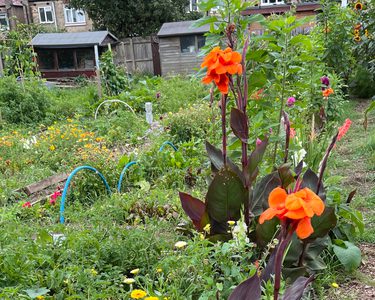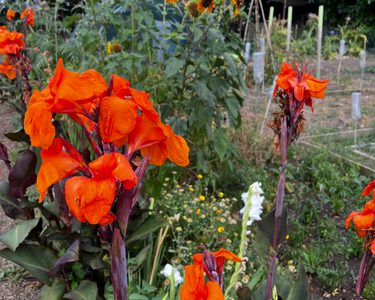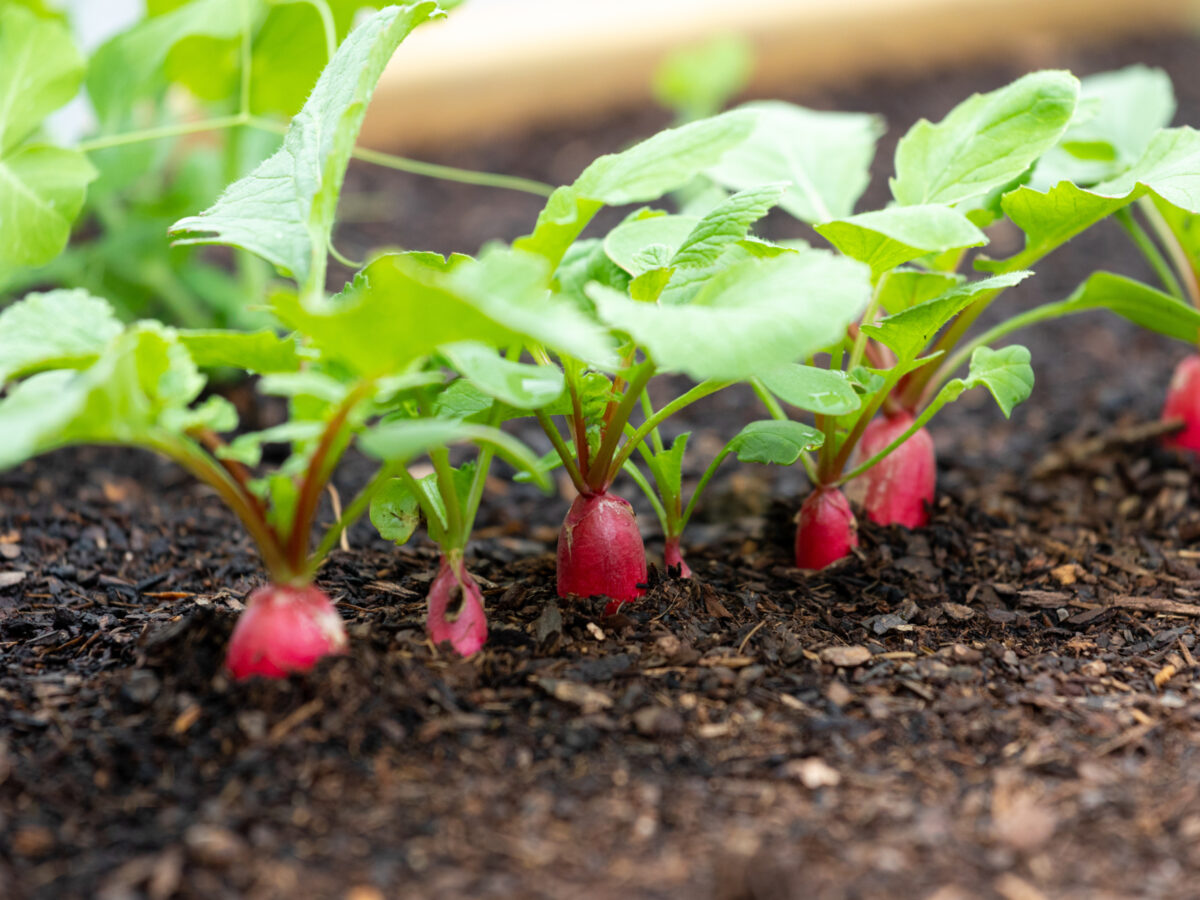Chris Collins on…summer bulbs

You may also like

It’s easy to see why the spring bulbs get most of the hype among gardeners - especially as early spring is when they start to come into our lives and signal the end of the winter months. But all good gardeners need to think ahead, and one group of plants on my must-have list for March are summer bulbs.
What a choice the summer flowering bulb gives us, from regal dahlias and lilies to beautiful and bountiful border fillers such as crocosmia and gladioli. These sun-loving, free-flowering plants will brighten up any border or pot and I urge you to ponder your choices.
The good news is there's plenty of organic growers producing summer bulbs, so have a scout around on the internet or get in touch with us for guidance. Remember also that bulbs multiply so these plants will make more plants in time. Lifting and division is one of the easiest forms of propagation.

Personally, I think there's no better group of plants to get the creative juices flowing - so get out the pencil and paper and design yourself a summer bulb area. How about a tropical vibe with cannas and brightly coloured calla lilies? Or a touch of Gertrude Jekyll, phasing hot and cold colours along the length of the border or in pots side-by-side. Or, take inspiration from Christopher Lloyd by mixing heights and playing with layers.
Planting your summer bulbs
Overall, summer bulbs are not complicated characters. Plant at a depth of three to four times the bulb size, and keep them watered when they are young. They will enjoy plenty of organic matter so a raid on the compost bin may be required. Good drainage is also important, so if your soil is heavy fork some gravel into the base of the planting holes. If it’s very heavy clay, maybe try growing in containers in a good peat-free compost.
These plants will also enjoy a good organic foliar feed (seaweed or comfrey) as they start to put on growth in late spring early summer. As mostly sun loving plants, a good sunny spot is a must and the more exotic characters such as canna will need some winter protection. Consider fleece or a good thick mulch and don’t cut down any dead foliage until late winter, this will protect the bulbs and provide essential shelter for garden wildlife.
Support taller plants like gladioli on windy sites and remember to tie in with a soft twine using a figure of eight around the plant and its support, this avoids rubbing and stem damage. Regular dead heading of multi-stemmed plants will encourage further flowering. Then just sit back, enjoy a glass of grape juice and admire your living works of art.

Love our growing advice?
Get a direct link to our horticultural advice team, as well as members-only online resources with a Garden Organic membership.